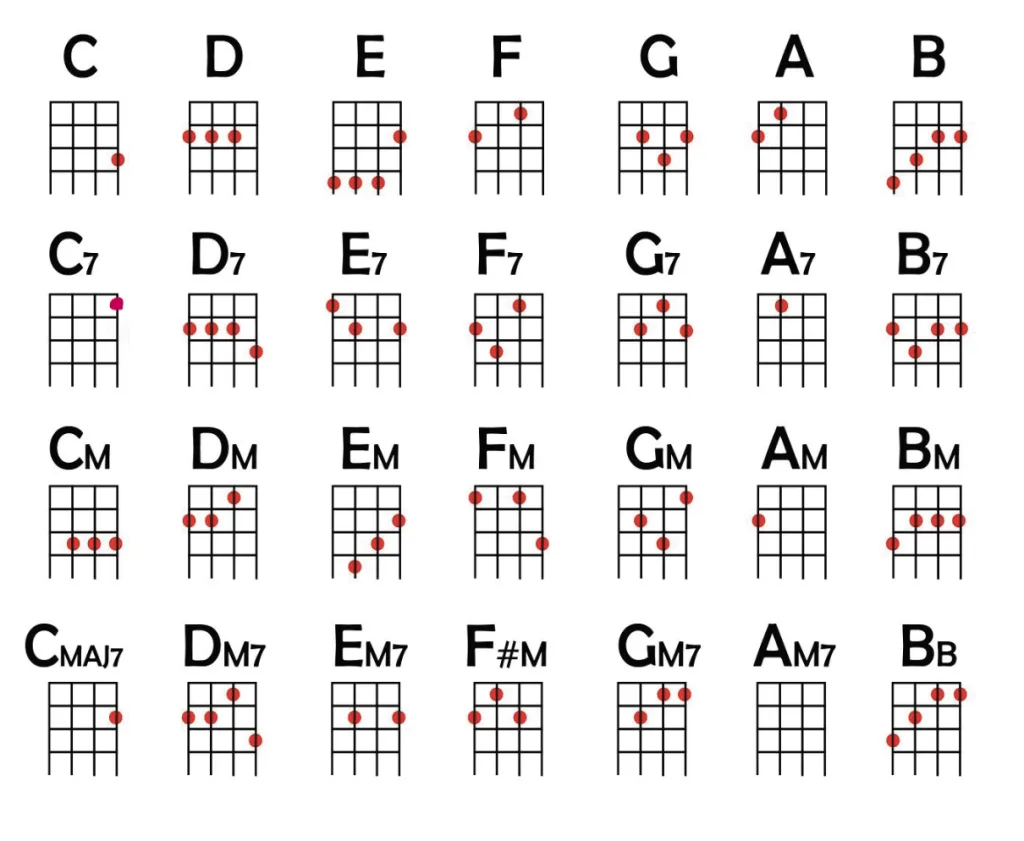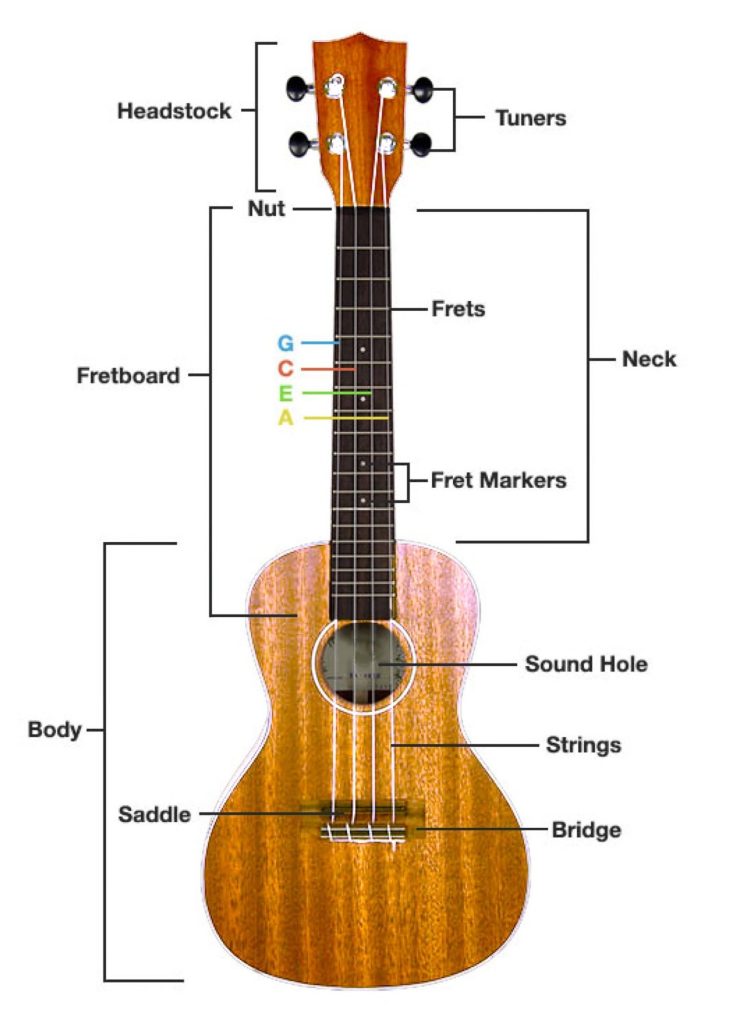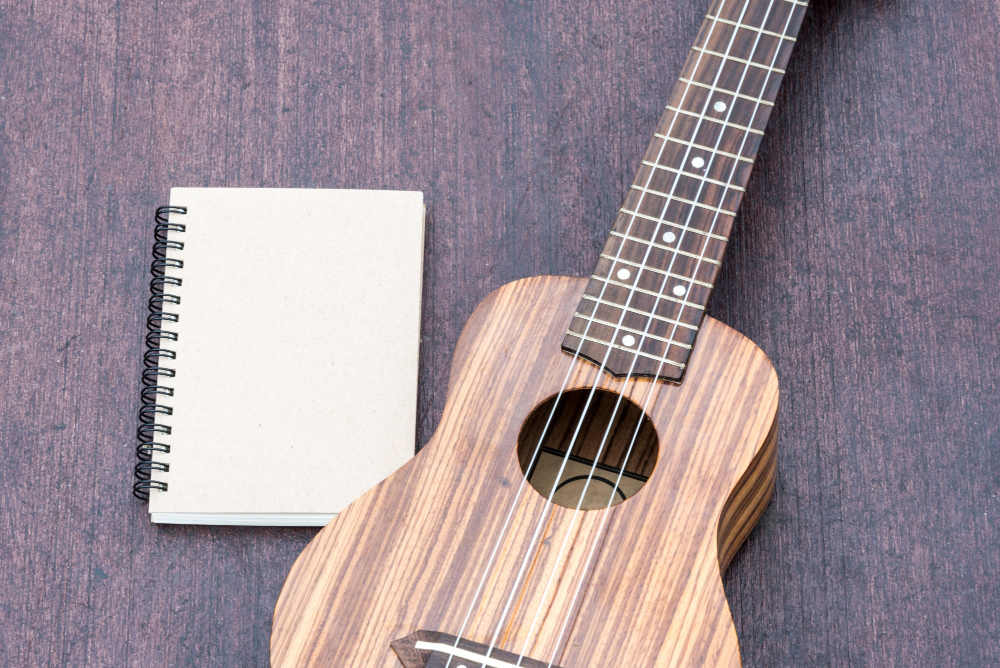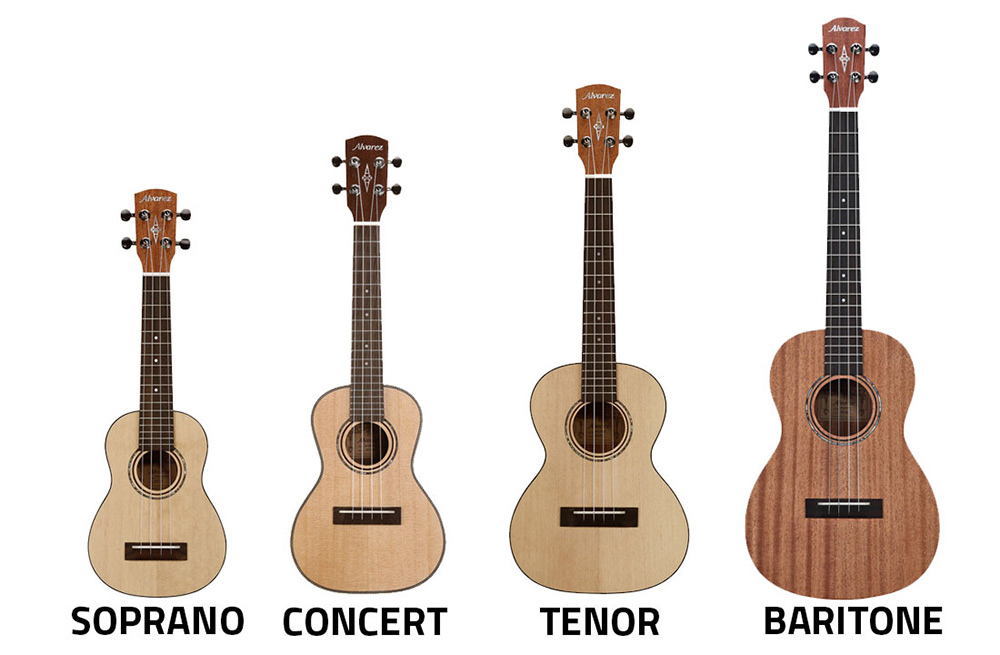8 Tips to Take Your Playing to the Next Level
BY DANIEL WARD | FROM THE SUMMER 2025 ISSUE OF UKULELE It has been eight years since I first started writing for Ukulele. Since 2017, I’ve written lessons for just about every issue, and to celebrate, I’m sharing eight essential tips to help you improve your technique, expand your musical knowledge, and get more joy out of your […]
8 Tips to Take Your Playing to the Next Level Read More »






